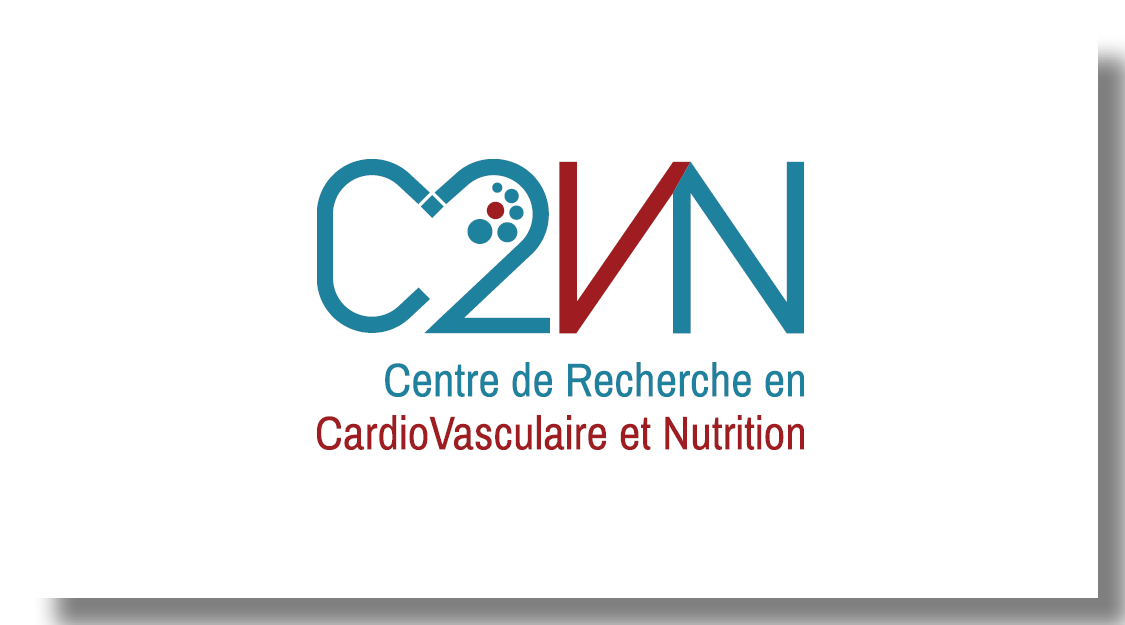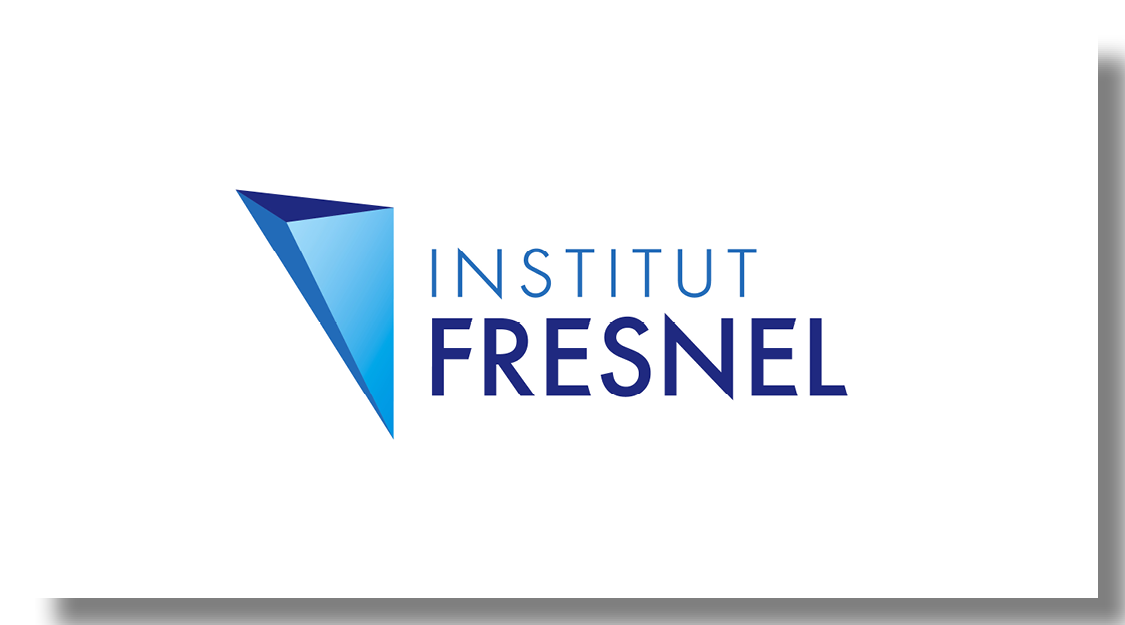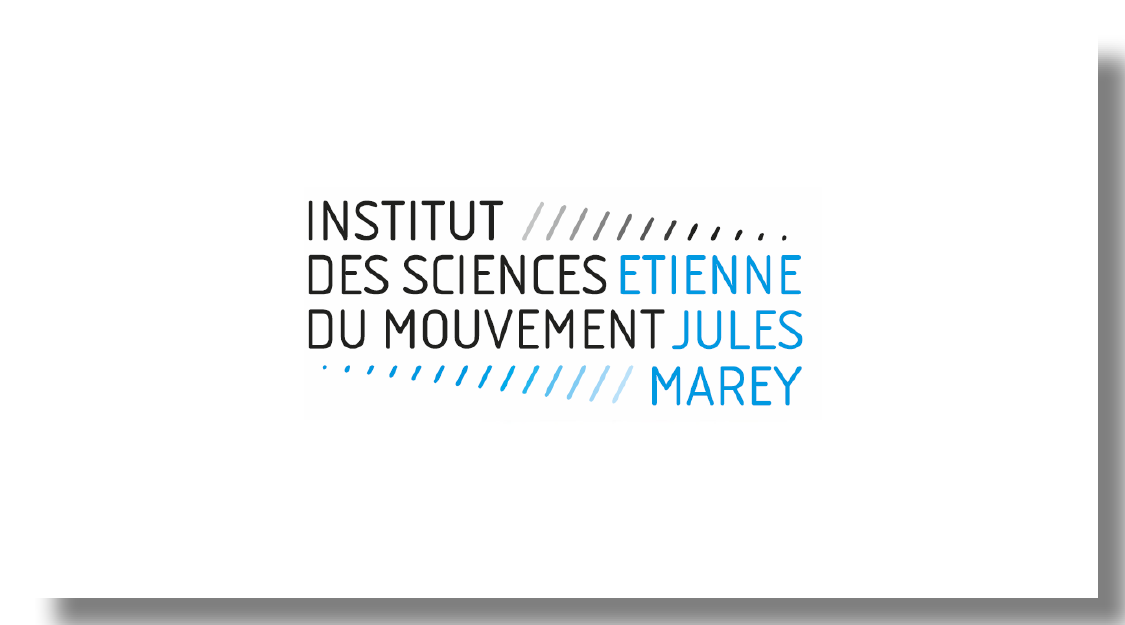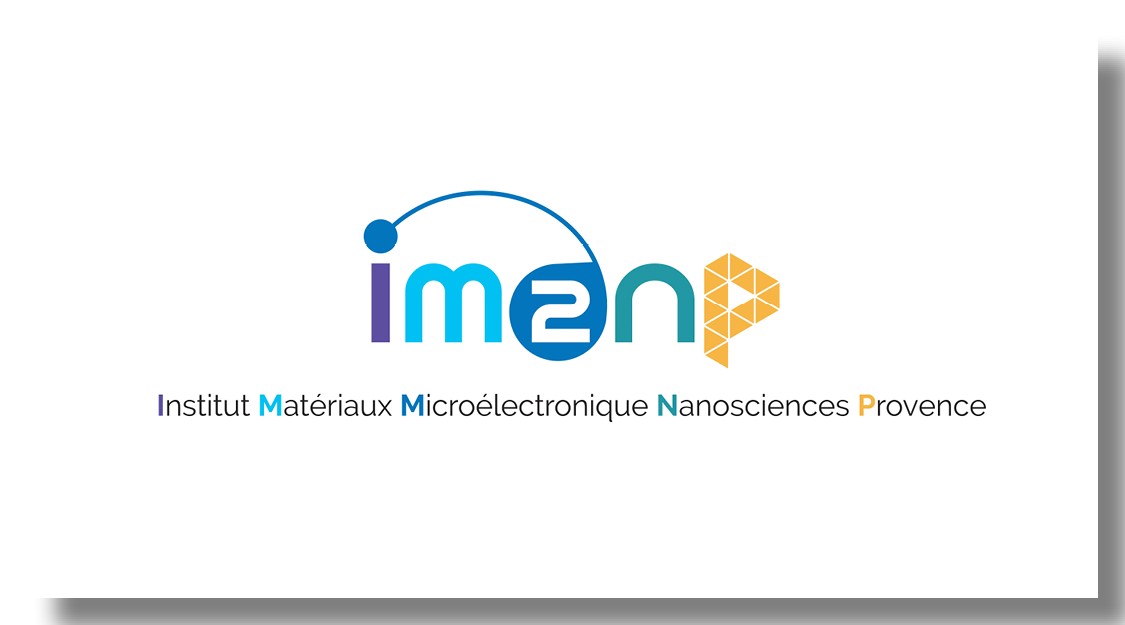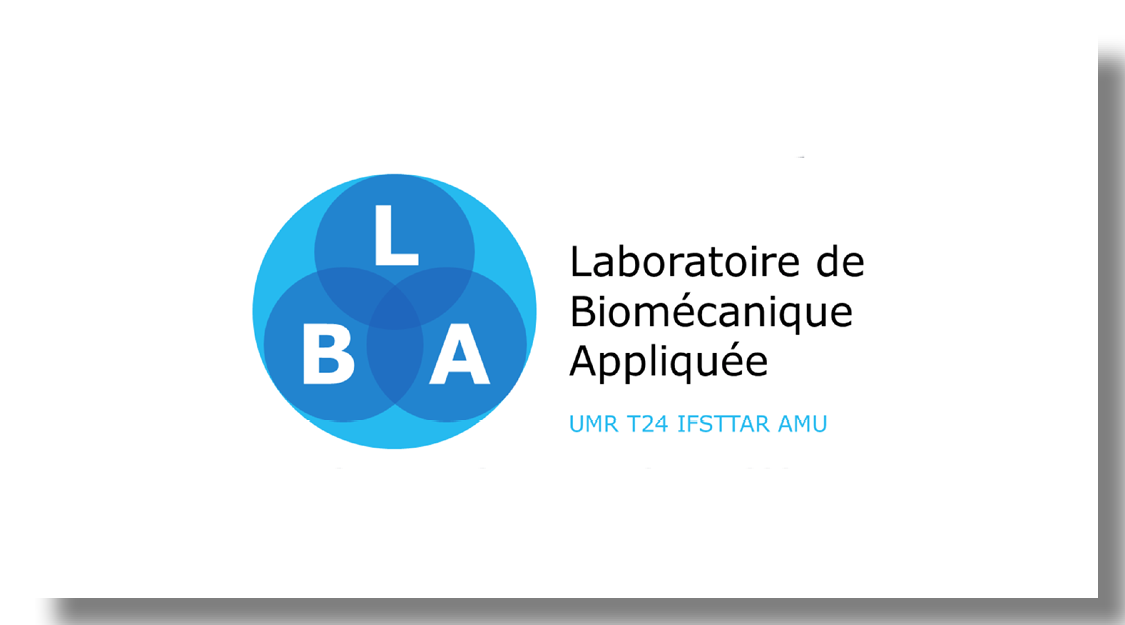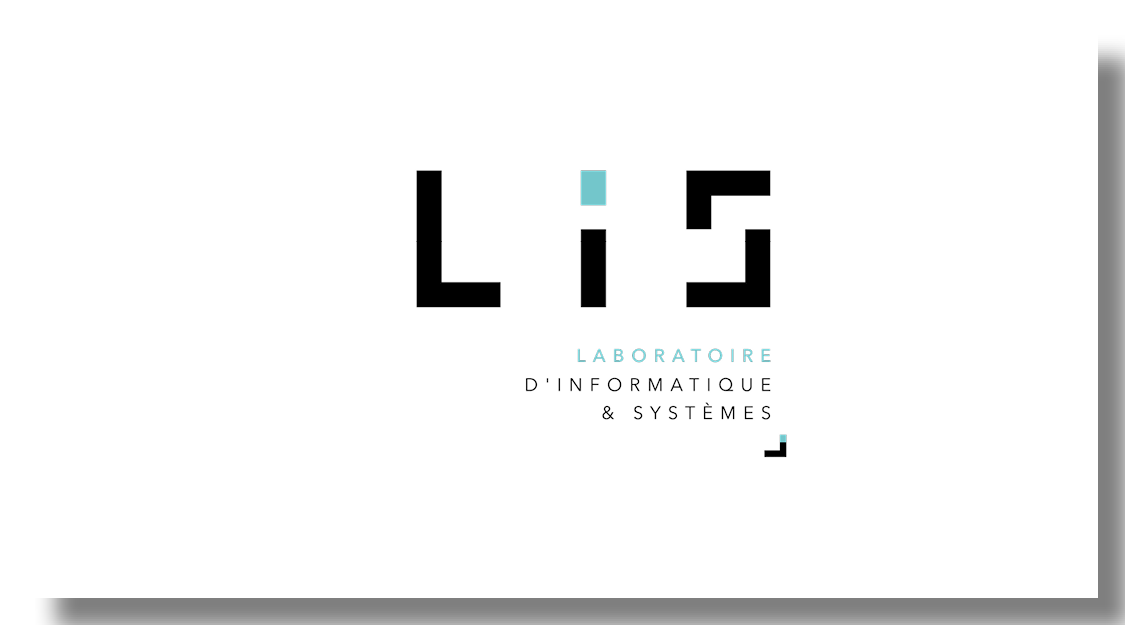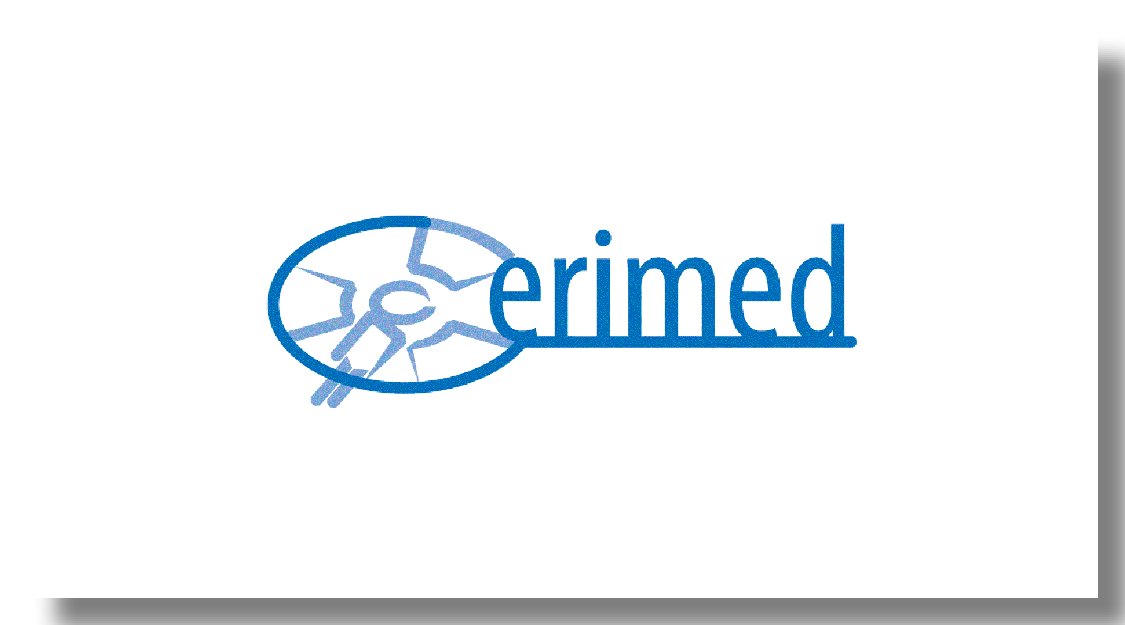
Center for Magnetic Resonance in Biology and Medicine (CRMBM)
CRMBM develops its work at the interface between biology/ medicine/ physics. Its specific area of study is living tissues using techniques developed from Nuclear Magnetic Resonance: Magnetic Resonance Imaging (MRI) and Magnetic Resonance Spectroscopy (MRS). These physical techniques are mainly used in preclinical and clinical research, related to three biomedical fields: cardiology, the central nervous system and the musculoskeletal system.
